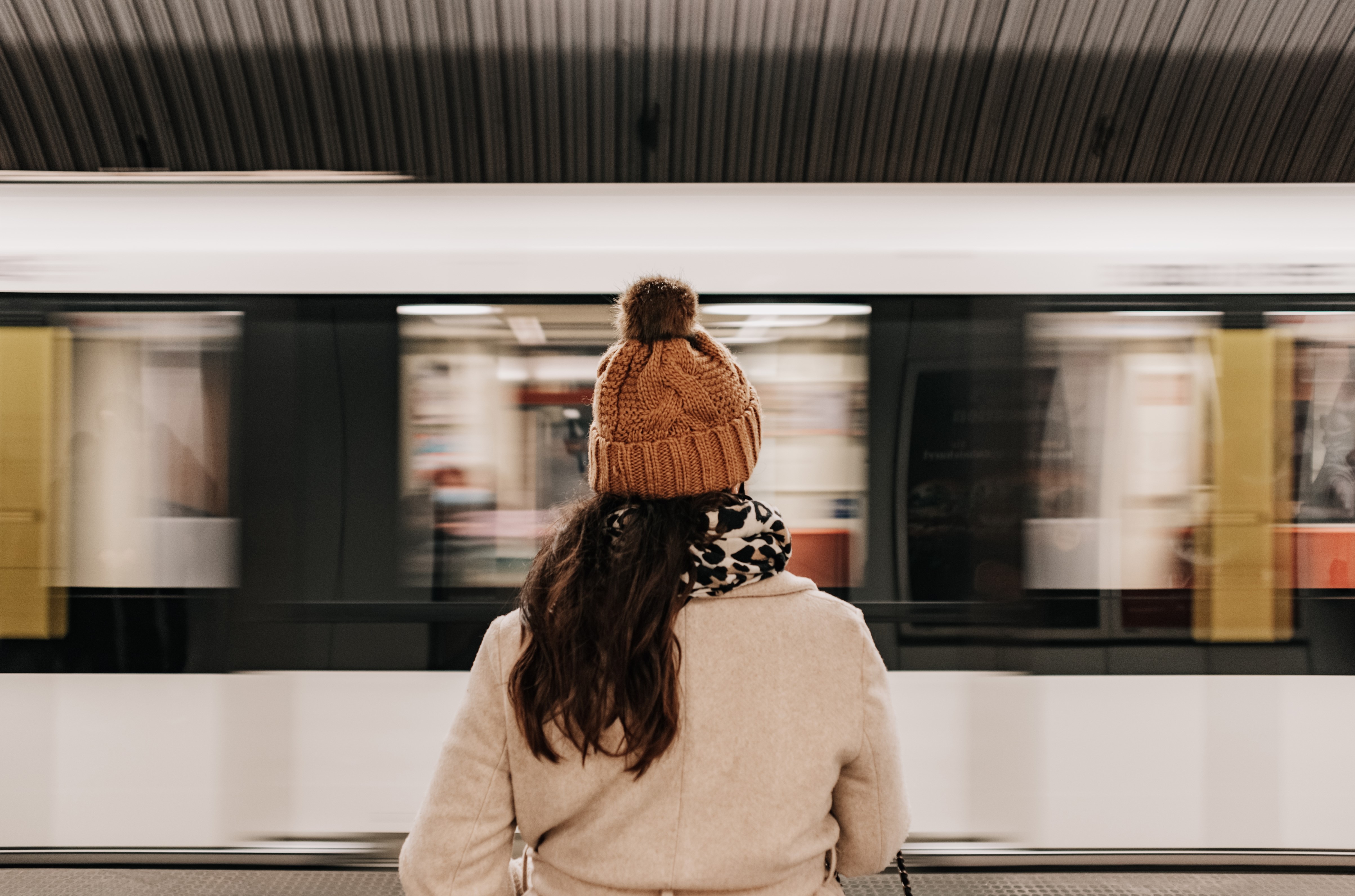Why trains and buses are late more often in winter
Article updated on January 31, 2025

Whether travelling by car or by bike, we all need to adapt our driving to winter conditions. The same goes for exo’s train and bus drivers. Our teams do everything possible to get you to your destination safely. But do you know the most frequent causes for delays? These three videos will help you learn more.
1. Understanding the switching problems that delay trains
You’re on the train and they announce a delay due to a switching problem. What does that mean? This video provides an explanation in French.
2. The challenges for bus drivers to meet their schedules
Did you know a badly parked car can slow traffic and even prevent your bus from making a stop? This video explains in French the various traffic obstructions that slow down our buses.
3. Identifying the reason for delays
Is your train stopped, and you don’t know why? Know that the driver is doing everything in their power to get the train moving again as quickly as possible. Once they’ve identified the problem, they’ll inform you of the situation. (Watch the video in French.)
Want to know more about the impacts of cold weather and precipitation on our service? Read the winter bus plan.
Like this content?
Sign up for our bimonthly newsletter to get all our inspiring articles and news.
More news on exo.quebec
